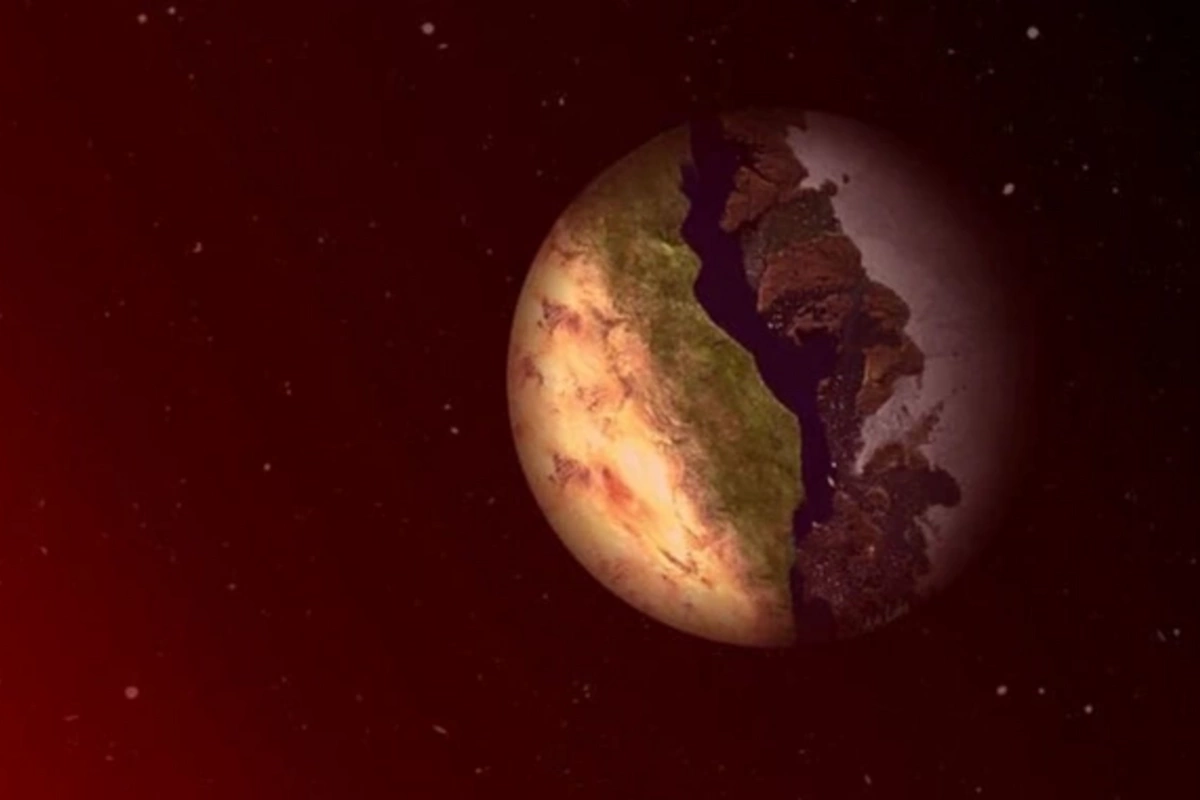14 Jul , 21:06
0

Volcanoes higher than Everest, oceans hidden under ice, and methane seas - all this is not science fiction, but real satellites of planets in the Solar System. According to Perm Polytech lecturer Evgeny Burmistrova, they are the main candidates for the presence of extraterrestrial life and even future colonization. This was reported to "Gazeta.Ru" by the press service of Perm Polytech.
Our cosmic family has more than 250 satellites, with the lion's share belonging to gas giants: Saturn can boast a whole retinue of 146 satellites, while Jupiter is accompanied by 95 cosmic bodies. Our Earth is content with just one Moon, while Venus and Mercury have no satellite escort at all. The number of "cosmic companions" is directly related to the mass of the planet and its distance from the Sun: massive and distant planets easily attract icy bodies, while celestial bodies closer to our star are deprived of such opportunity.
The origin of satellites is striking in its variety of scenarios: some, like our Moon, were born as a result of cosmic collisions, others are former asteroids captured by the gravity of planets (like many of Jupiter's satellites), and still others formed simultaneously with their planets (for example, the giant Ganymede). Small satellites often have bizarre shapes - from the "potato" of Phobos to the "cosmic sponge" of Hyperion.
Some satellites amaze the imagination with their features. Io is the real champion of volcanic activity in the entire Solar System. Europa and Enceladus hide salty oceans under their icy shells, from which powerful geysers eject water and organic compounds into space. These factors make them the main contenders for the role of cradle of extraterrestrial life.
Titan - Saturn's giant satellite - is considered the most promising for future colonization. It has a dense atmosphere where methane rains fall, hydrocarbon seas splash on its surface, and water and oxygen can be extracted from the local ice. Titan's energy potential is impressive - from wind power plants to chemical energy sources.
Space satellites sometimes behave unpredictably. Triton rotates in the direction opposite to Neptune's rotation, suggesting it was probably captured by the planet. Phobos is inexorably approaching Mars, gradually falling onto the Red Planet. Our Moon, on the contrary, moves away from Earth by 4 centimeters annually - a process that in the distant future could significantly affect Earth's climate and living conditions.
Scientific study of satellites continues at full speed. Space missions have already been sent to the mysterious Europa and the giant Ganymede. Scientists place great hope that these studies will help humanity find an answer to one of the most exciting questions: are we alone in the Universe?